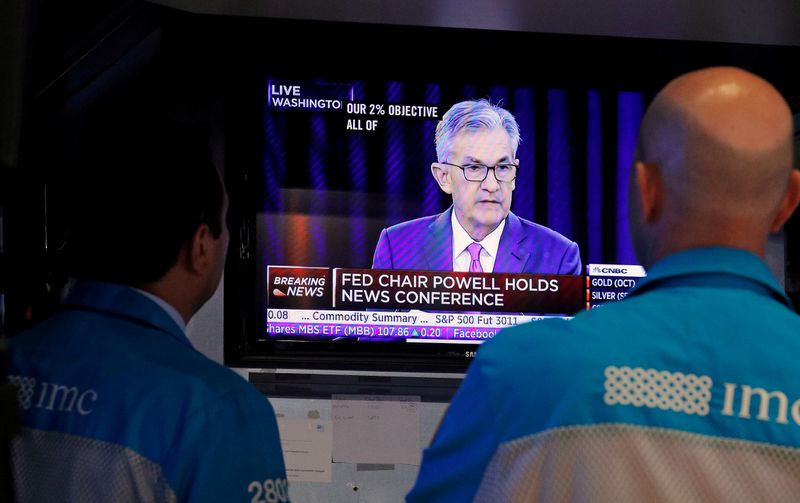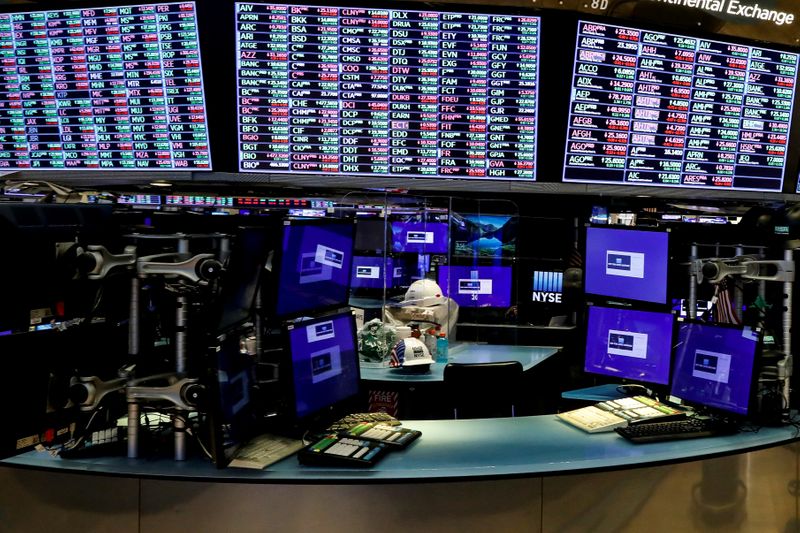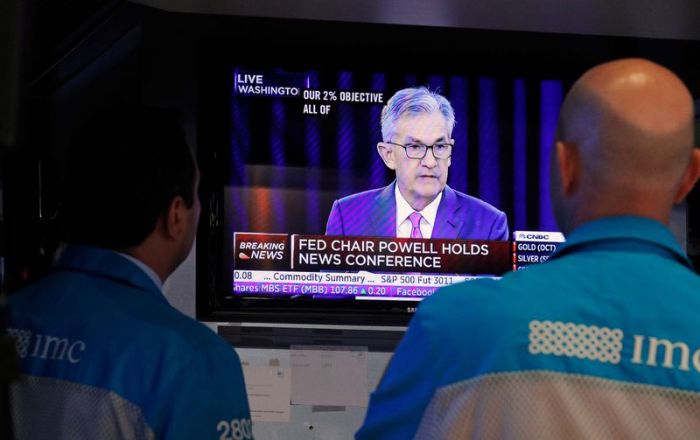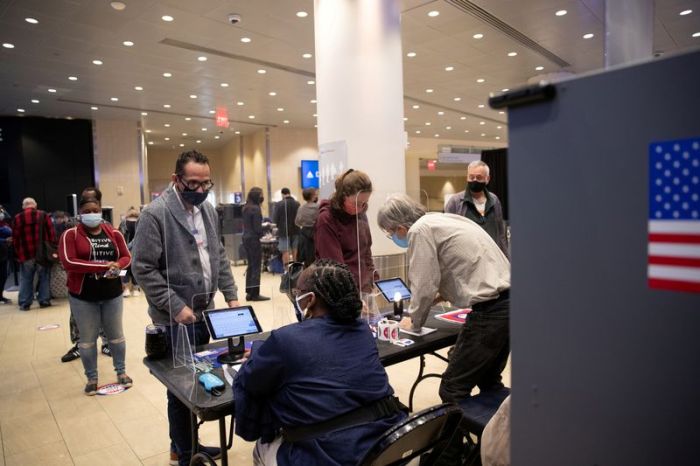LONDON (Reuters) – Investors poured billions of dollars into high-flying stocks even as the ongoing bond market rout led to sharp losses on Wall Street and kicked off a “new era of volatility”, BofA said on Friday.
Hovering close to 1.6%, U.S. 10-year Treasury yields have risen close to 45 basis points in the last month, triggering a sell-off in equities, which have lost $4 trillion in market value since the mid-February peak.
The investment bank, analysing flows on the back of EPFR data, said equity funds saw $22.2 billion of inflows, driven by $2.3 billion into tech and $2 billion into financials in the week to Wednesday.
The bond market slump is yet to prompt a major change in positioning among investors, with a record 62.6% of BofA’s clients invested in stocks.
A $29 trillion monetary and fiscal stimulus has led to an “addictive” Wall Street-Fed dependency culture, Michael Hartnett, the bank’s chief investment strategist said in the note to clients. Markets will now likely push the Fed via higher yields into a yield curve control (YCC) policy announcement, he added.
U.S. Federal Reserve Chair Jerome Powell’s messaging on Thursday disappointed Wall Street as investors had built expectations he would act on the yield spike in U.S. 10-year Treasuries.
Bonds yields surged and high-flying tech stocks slumped as Powell spoke at a Wall Street Journal forum.
“The bond market threw another tantrum,” said Steen Jakobsen, chief investment officer at Saxo Bank.
“The most intense bond and equity selling unfolded while he spoke (on Thursday), clearly indicating a tantrum-like demand for more reassurance from the Fed that it will not allow rates to continue higher.”
A flood of money supply and ultra-low or negative interest rates have boosted world stocks, which have added close to $40 trillion from the bottom of coronavirus sell-off last year.
Stocks have added about $6 billion per hour, since last March, almost 10 times faster than the pace seen in the immediate aftermath of the 2008 global financial crisis, according to BofA.
“We think the Fed will inevitably move to YCC,” Hartnett said, adding the U.S. dollar could rise before that, but any announcement of a switch to YCC would likely trigger the start of a great bear market in the greenback.
The U.S. dollar index hit November highs on Friday. Still, investors were largely bearish with net $30 billion dollar short positions, a bit less than the $35 billion at the end of January – which was the most since 2011.
The Fed’s policy-making committee convenes next on March 16-17.
(Graphic: Short USD bets and USD: https://fingfx.thomsonreuters.com/gfx/mkt/yxmpjxanlpr/Short%20USD%20bets%20and%20USD.JPG)
(Reporting by Thyagaraju Adinarayan, additional reporting by Saikat Chatterjee. Editing by Karin Strohecker, Simon Cameron-Moore and Mark Potter)

























